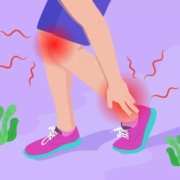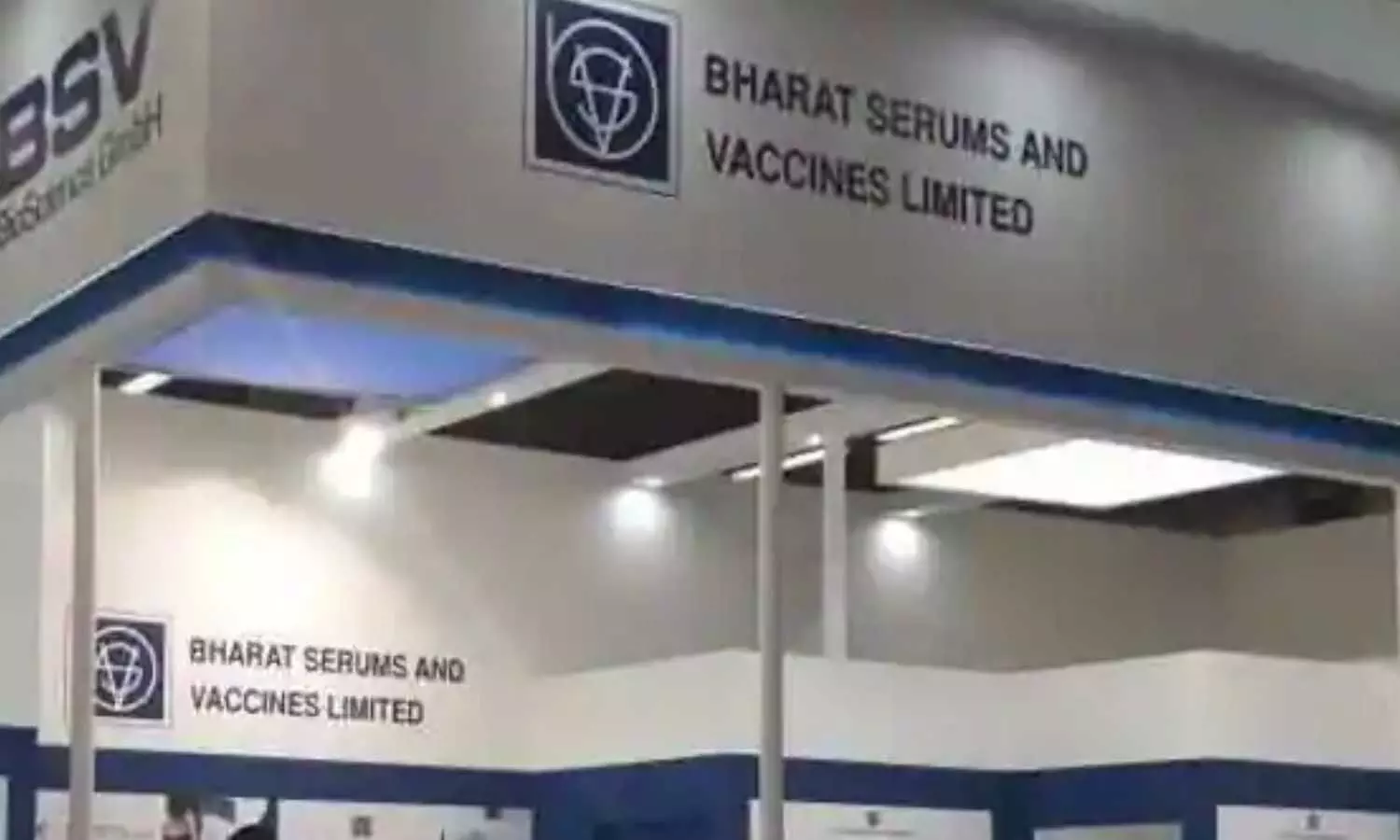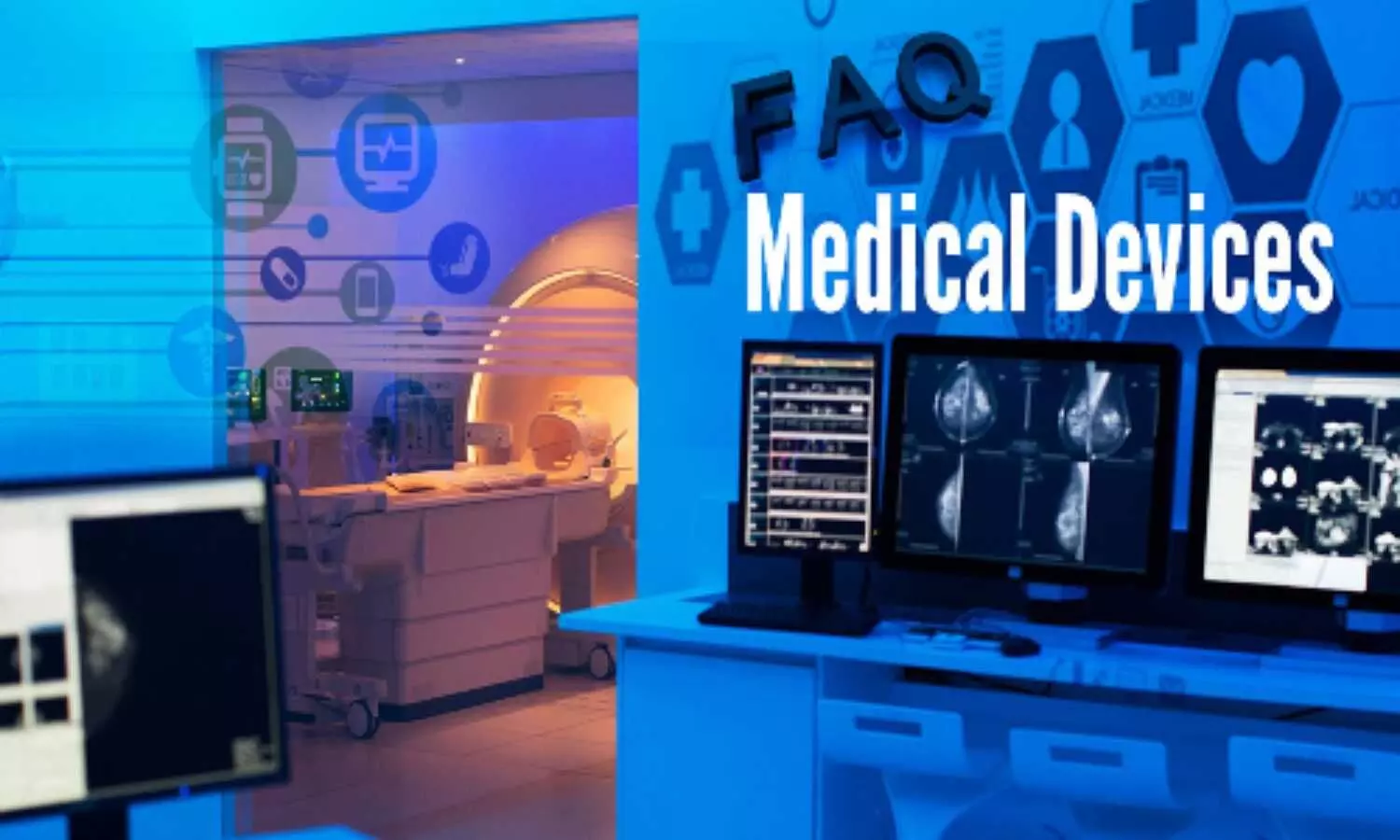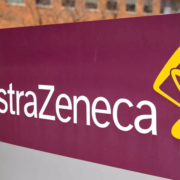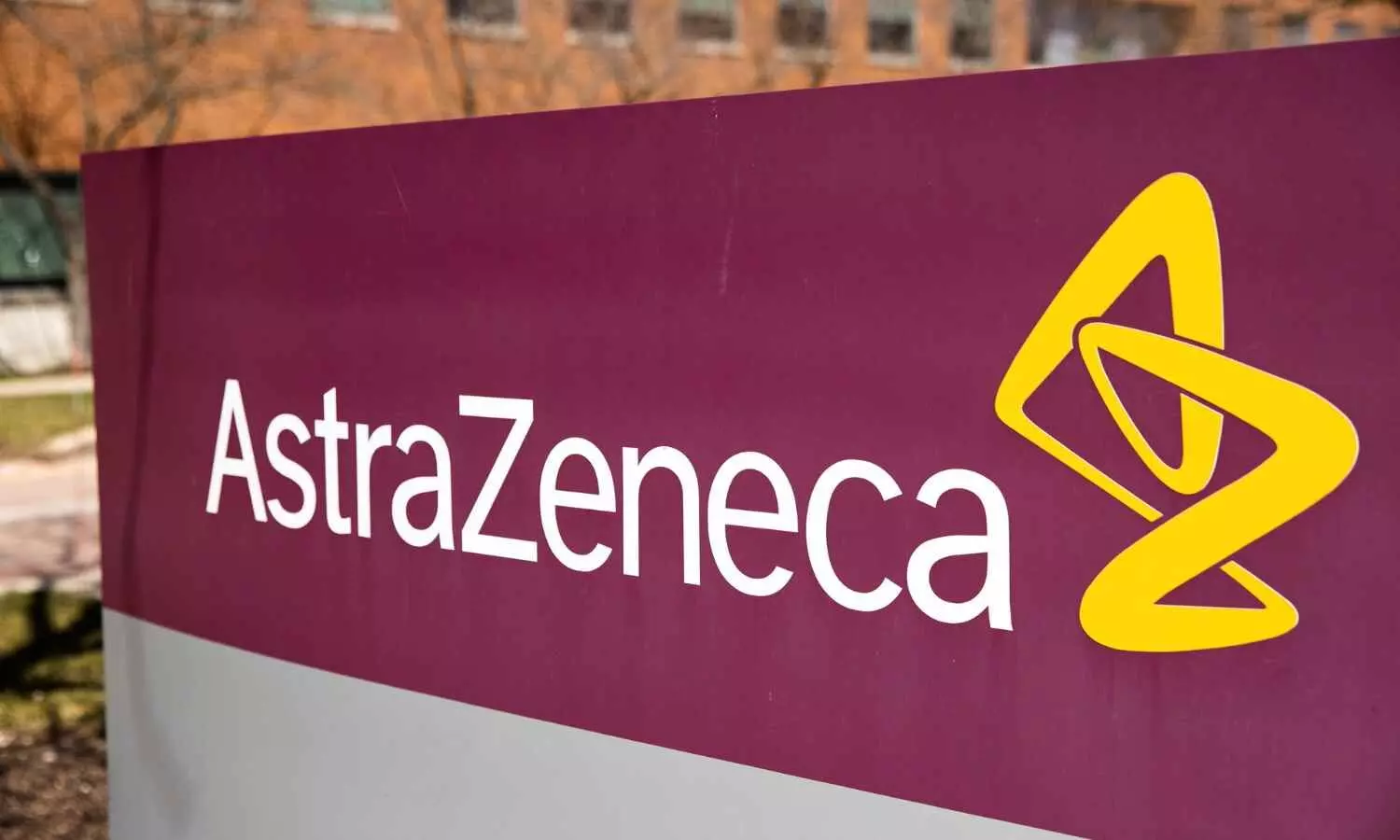Physical Activity Reduces Gout Risk in Hyperuricemia Patients, Says Machine Learning Study

Using machine learning models researchers have found in a new study that increased physical activity and reduced sedentary time significantly lower the risk of developing gout in individuals with hyperuricemia.
Individuals with hyperuricemia (HUA) are widely recognized as being at increased risk for gout. This study aimed to investigate how physical activity (PA) duration and sedentary duration impact gout risk in individuals with HUA and to develop predictive models to assess their risk of developing gout. They retrospectively collected clinical characteristics of 8057 individuals with HUA from the National Health and Nutrition Examination Survey (NHANES) consortium for the period 2007–2018. By developing and comparing four classic machine learning algorithms, the best-performing Random Forest (RF) model was selected and combined with the SHAP interpreting algorithm to analyze the dose–response relationship between PA duration, sedentary time, and gout risk. Additionally, the RF model was used to identify the most critical factors influencing gout risk and to develop a free online tool for predicting gout risk in HUA individuals. Results: The RF model outperformed others, achieving a Receiver Operating Characteristic (ROC) of 0.957 in the training cohort and 0.799 in the testing cohort. In the test cohort, it demonstrated an accuracy of 0.778, a Kappa of 0.247, a sensitivity of 0.701, a specificity of 0.785, a positive predictive value of 0.224, a negative predictive value of 0.967, and an F1 score of 0.340. SHAP analysis revealed the following insights: (1) hypertension, serum uric acid, age, gender, and BMI were identified as the top five factors for gout risk; (2) factors such as higher serum uric acid levels, age, BMI, creatinine, sedentary duration, lower PA, hypertension, male sex, and diabetes were associated with an elevated risk of gout; and (3) a PA duration of 1–7 h per week was linked to a lower risk of gout, while sedentary time exceeding 6 h per day increased gout risk, regardless of age, sex, or comorbidities. They encourage individuals with HUA to engage in 1–7 h of PA per week and limit daily sedentary time to less than 6 h to reduce gout risk. The developed prediction model is freely available as a web-based app at: https://sasuki.shinyapps.io/GoutRisk/.
Reference:
Jiao, Y., Cheng, Z., Lan, Z., Kan, S. and Du, Y. (2025), Exploring the Impact of PA and Sedentary Behavior on Gout Risk in Hyperuricemia: Insights From Machine Learning and SHAP Analysis. Int J Rheum Dis, 28: e70238. https://doi.org/10.1111/1756-185X.70238
Keywords:
Physical, Activity, Reduces, Gout, Risk, Hyperuricemia, Patients, Says Machine, Learning, Study, International Journal of Rheumatic Diseases, Jiao, Y., Cheng, Z., Lan, Z., Kan, S. and Du, Y
Powered by WPeMatico

